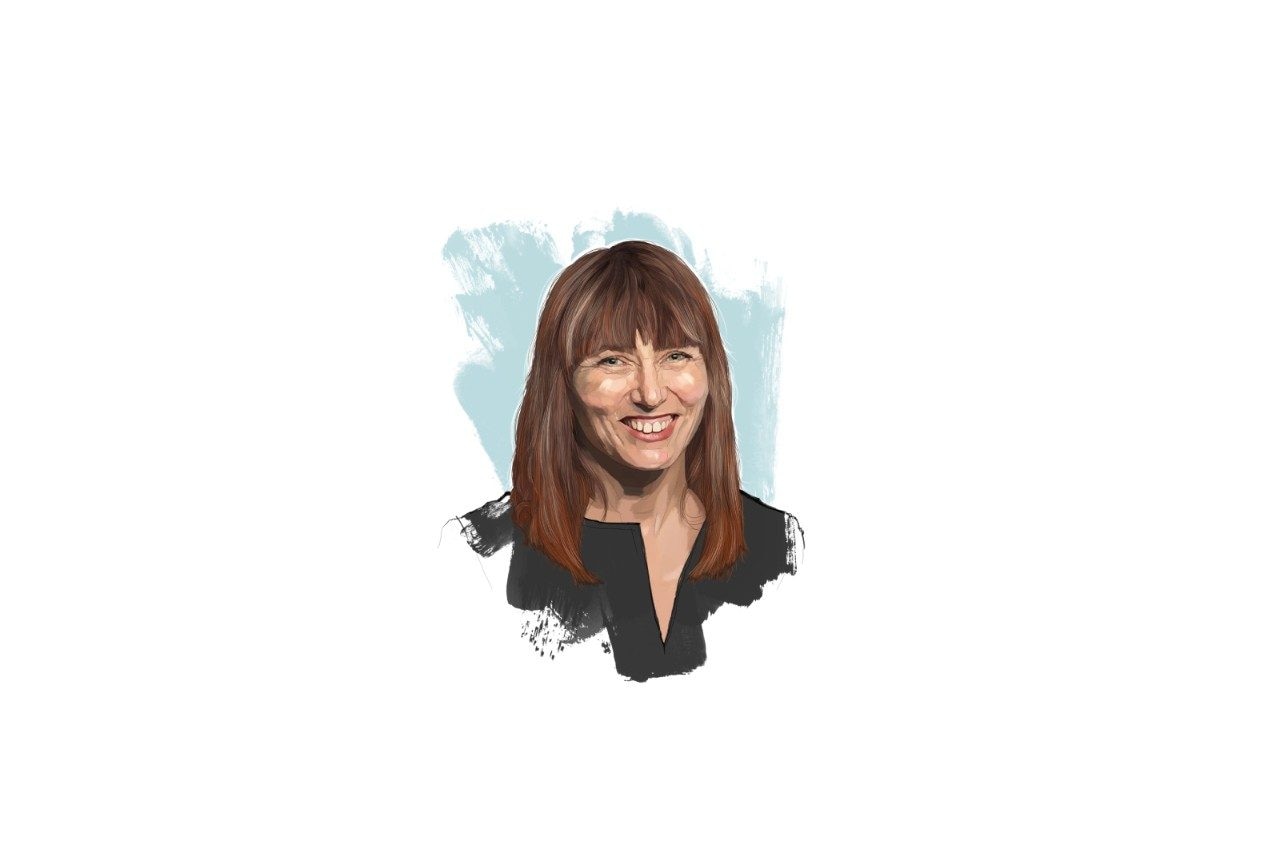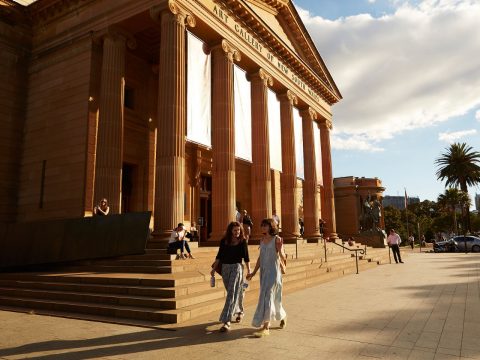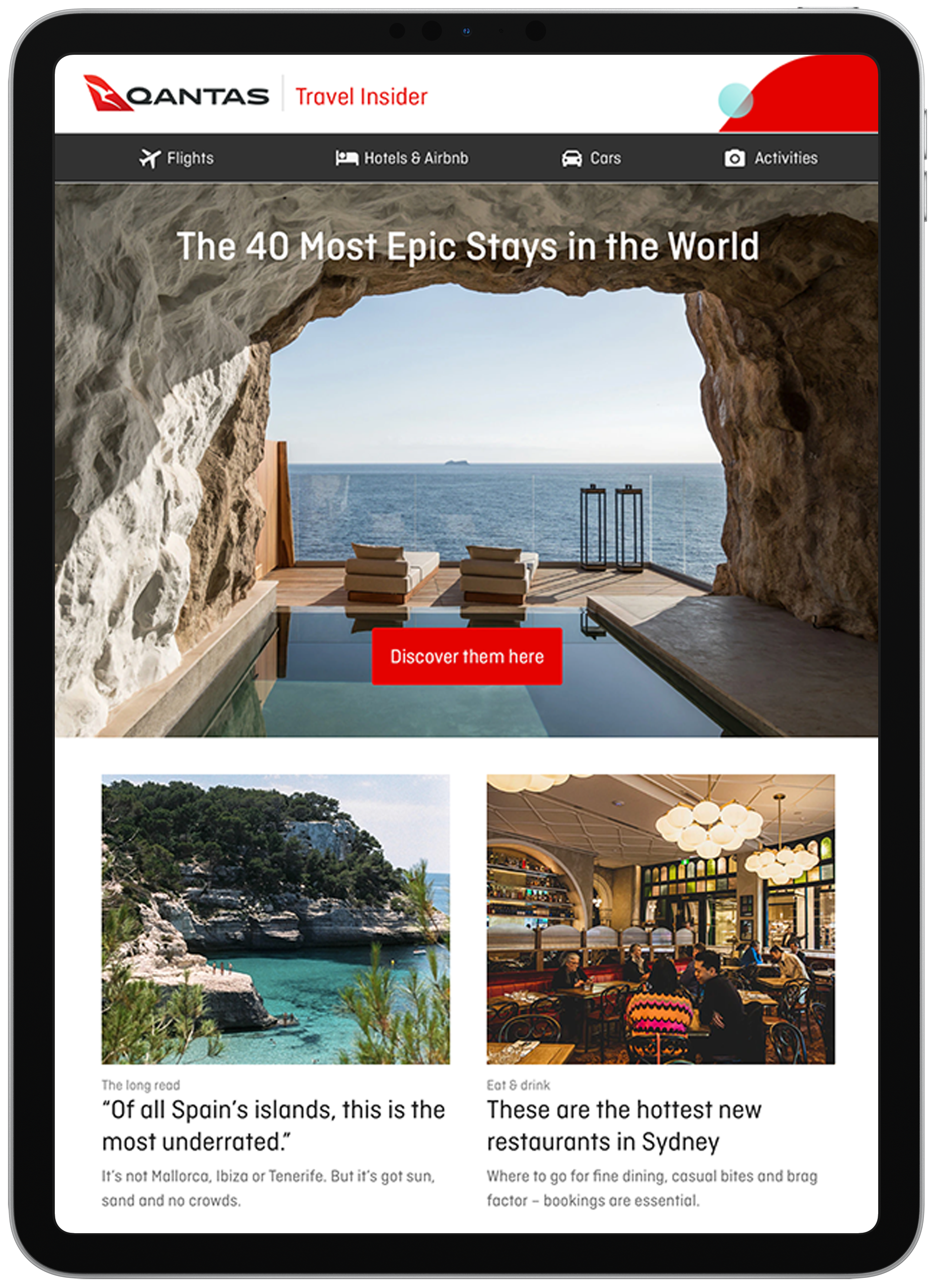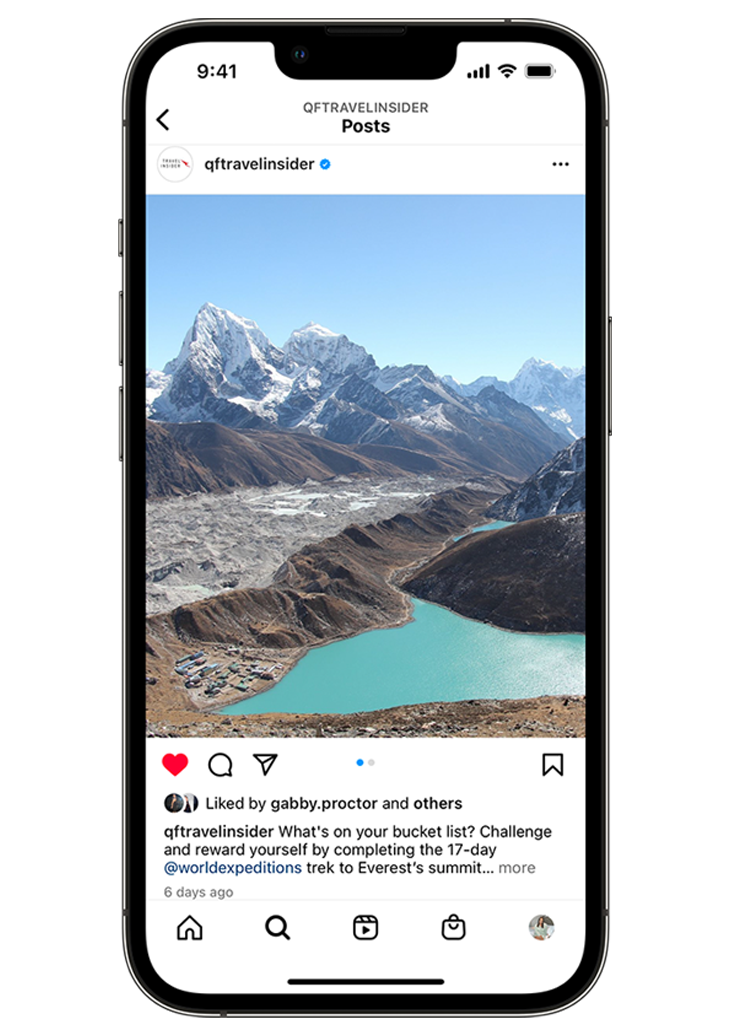Maud Page on the Power of “Silk and Steel” Leadership

Maud Page, the 10th director of the Art Gallery of NSW – and the first woman – says her mix of “steel and silk” has served her well.
Current role: Director, Art Gallery of NSW
Tenure: Two months
Previous roles: Deputy director and director of collections, Art Gallery of NSW; deputy director, collection and exhibitions, Queensland Art Gallery | Gallery of Modern Art
How do you define good leadership?
You’ve got to have a strong vision and be able to bring everyone with you. Good leadership is about working together to do something that is memorable and foundational. There’s no point doing things that just add a little sparkle here and there and then disappear. It has to endure and be meaningful.
And how do you think your leadership has changed over time?
As you get older, you become a bit more practical. I’m quite an impulsive person and I love to follow an amazing idea. But I’ve become more conscious of how that workload might impact others. I’m more deliberate and I’m also more consultative.
Competition for your role was intense – you were the only local against international contenders on the shortlist. How did you prepare?
I had an enormous amount of support. People came out of the woodwork saying, “We really want to help you. Do you want to set up meetings? Do you want to talk it through?” A couple of fantastic women walked with me and guided me from the moment I decided I really wanted the job [when Michael Brand, the previous director, announced his retirement last October]. So it was over a long time and it was consistent.
What did their support entail? Was it like coaching?
It was more conversational. It was, “Okay, what do you want to achieve? How do you want to say it?” A lot of the conversation was about being myself and “when you’re going to pitch, go for gold” – and be able to back up my vision with data, of course. It was a whole set of meetings. These women are extraordinary and their time is so precious. I also thought, “How do I want to live – and live well – with an institution that’s 154 years old and has its own history of incredible firsts and greatness? How do I really tap into the character of that institution?”
Would you describe yourself as a competitive person?
In these roles, you have to be competitive. So, yes. I actually don’t play board games – I’m too competitive.
Cindy Hook, who’s now CEO of the Brisbane 2032 Olympics, once told me that she really trained to become a CEO. Does that resonate with you?
I was a deputy director for quite a long time, both here and at the Queensland Art Gallery, and I often acted in the director role. So you have glimpses of the weight of that responsibility. The difference is that the buck stops with you. I’ve been trying to put to use every single piece of experience and advice that I’ve been given and then marry that with what is true to me – that’s been my training.
Does the weight that you reference scare you at all?
No. And I think that’s the only way you can take on a position like this. If you feel afraid or can be overwhelmed, you can’t do this type of job.
You’ve been described as a mix of silk and steel. Has that combination served you well?
Well, I know who said that. It’s my dear friend John Kirkman [former colleague and now executive director of community arts organisation Information & Cultural Exchange], who is an incredible mentor. He taught me how to think outside the box. Rather than be satisfied with, “Okay, we can do this”, he’d be like, “But what can we do more? What would really make a difference?” He saw me become a curator and work on very difficult projects at the Australian Museum. It has served me well in that the steel is about being resolute in what I need to do. But I don’t believe that you achieve anything by confrontation – I much prefer to negotiate. So the silk is about that.
What do you see as your biggest challenge right now?
It’s probably aligning vision to finances. Art is about creating social cohesion and at times that’s not as valued as it should be. So my biggest challenge is to make sure we can continue doing incredible work, because we’re about creating wonder, cohesion, understanding and really creating joy. Those things have to be nurtured but they also have to be funded.
In 2022, the new wing, Naala Badu, opened to much acclaim but it has resulted in the gallery’s operating costs doubling. Is that something that keeps you up at night?
No, because we are working through it. We now have two incredible buildings so we’ve got more shops and restaurants and more ability to create blockbusters. With that larger footprint comes increased opportunities to raise funds. So it really is a balancing act and it’s the balancing act that every institution has. But we’re lucky in Australia. We are really well-funded. Everywhere else, it’s much harder.
The National Gallery of Victoria sold more than 570,000 tickets to the Yayoi Kusama exhibition, which is an Australian record. Does that make you envious or give you hope?
I’m always envious of my colleagues and I say that with a big smile. I have deep affection and respect for those leaders. So Tony [Ellwood, director], hats off to you. It’s a fantastic outcome.
I know people are calling for more blockbusters and fashion exhibitions. What do you say to that?
What I say is that Yayoi Kusama is one in a million. That’s what I love about Tony and the NGV – they got the zeitgeist right. And that’s our job. That’s why a financial person can’t be director of a gallery because it takes more than that. How do you marry creativity with financial gain, with what is happening out in the community? The Art Gallery of NSW is art for all. Most of it is free. We also do really important work in communities, in regional Australia and in juvenile detention centres. The broadness of what we do is so much more than in our walls and that’s what’s exciting. How do we operate within an entire city but also an entire state? That local to national to international is what really interests me.
You’ve said you want to make art more accessible. How will you do that?
Just to be clear, we’re already very accessible – we had more than 2.3 million visitors last year. But what I would love to do is to bring in more diverse communities. And for me, the way to do that is through children’s programming. I think that people will cross the threshold or do something they’re not used to doing for their children. Second is First Nations – the world is viewing us through that lens. We need to really look at First Nations knowledges – knowledges with an S – and try to learn from them, be more respectful of them and celebrate them more. That is the key way to engage internationally. And the third pillar is digital. We’ve got to embrace how those stories are told digitally. We have so many stories to tell.
You have to deal with such wildly different groups of people, from artists to government to benefactors. How do you get the best out of each of those groups?
I love that when I look at my day, it’s so different from the moment it begins to the moment it ends because of all those stakeholders. I love the mix of them. You know, I can spend a morning with an artist then I can be on a call to secure an international exhibition and be speaking in French and Spanish. And then I can come back and meet with our fabulous guides. I think you deal with every group with enthusiasm and with the ears. The ears are open so that you can be listening as well as talking.
An important part of your role is getting people to give you significant amounts of money. How did you develop that skill?
When the art gallery was founded and we went to acquire our first oil painting, 50 people put in the money. So it’s ingrained in our DNA. We are an institution that is made up of a whole lot of people’s support. The skills are, again, being able to take people on that journey. It’s the vision, it’s the enthusiasm, it’s the joy and it’s the meaningfulness. It’s also being able to say, “Yes, this artwork contains difficult conversations. But how crucial is it that the Art Gallery of NSW leads them?” I have found that people want to support something that will stay, just as those 50 people did.
Art is something that people love to have opinions about. How do you deal with the criticism?
I was brought up in a family where everyone could have an opinion and you tried not to impose yours. So I’m happy to hear those opinions when people have perhaps more conservative views than mine. But I also think that as a museum, we have to spearhead our history as a history of firsts. We were the first to lead and to bring, say, First Nations art as art, rather than cultural objects. We were one of the first to collect Asian art, for example. I would imagine that all of those firsts have really rubbed a lot of people the wrong way and it would have been, “Well, that isn’t art.” You must listen but you need to make sure that the museum is always relevant and always looking ahead.
What’s your biggest strength as a leader?
The enthusiasm and the ability to bring other creatives’ ideas along with my own. I love to be able to see how a room changes when you bring that energy in. I really, really believe in the power of art and the people around me do as well. That combination is pretty electric and when you can get everyone on the same page, anything can happen.
And what about your biggest gap?
How do you take a big idea and make sure that it occurs within the capacity of your institution? That’s a fine line for any leader because you don’t want to just be working with what you have. It’s like saying you’re going to eat out of your fridge every single night. That would be a little boring if you can’t add a little bit of spice from your cupboard.
The last two directors have had very long tenures, with 33 years for Edmund Capon and 13 years for Michael Brand. How long do you think you will hang around?
Since I’ve just started, you need to ask me that when you interview me again [laughs]. But I think institutions and culture are long-term. It’s not just the glitter dust, you know; things do need a little bit of time. But I feel the urgency of it. I’ve really got to make every hour, every week, every month, every year count. It’s not just let’s just do the daily dance and see what happens.
What advice would you give another brand-new CEO?
Stay true to yourself because then you don’t get caught out. If you’re not trying to be something you aren’t, you’re not trying to do something that you don’t believe in.
On the fly
Personal motto
Trust your instincts.
Email approach
I try to get to every single email every day, by the end of the day. All I’ll say is it makes for long hours.
Motivation tactic
Enthusiasm. And no negativity. Negativity is so unproductive and unconstructive.
Productivity hack
Have an incredible EA. When Chrissy McMinn came on board, it changed my professional life. She anticipates things, manages the diary and manages people. But it’s also the personal support of someone who is equally enthusiastic and can-do.
Business publication
I love The Art Newspaper. It brings in what’s happening around the world and talks about very real issues for the arts.
Favourite piece of advice
When I was preparing for my interview, I went down a couple of rabbit holes. One of those fabulous women said, “Just be Maud.” And I thought that was really empowering and comforting.



